Nokia 8 Sirocco review: Good work Nokia, but buyers can skip this flagship

-
price
₹54,999.00
-
tech2 rating
4/5
-
user rating
0/5

Nokia 8 Sirocco. Image: tech2/Rehan Hooda
The launch of the Sirocco comes less than a year
after the company launched the Nokia 8 last year. This isn't the Nokia 8
(2018), which I reviewed in January, or some such incremental update. The Sirocco moniker is a throwback to the gorgeous Nokia 8800 Sirocco Edition
phones from yesteryear, when Nokia was at the top of its game. The
Sirocco moniker is, clearly, a nostalgia play, but I can't really
complain about that.
Given the Nokia and Sirocco branding, I expected to find a smartphone
that was as luxurious as it was functional, a phone that could take on
the likes of the Samsung Galaxy S9 and Apple iPhone X and still come out on top.Build and Design: 8/10
Right out of the box, the Nokia 8 Sirocco looks different and comparably more premium than the Nokia 8. It also looks like it's capable of holding its own against existing competition. With its glass back and steel frame, the Sirocco certainly feels solid.
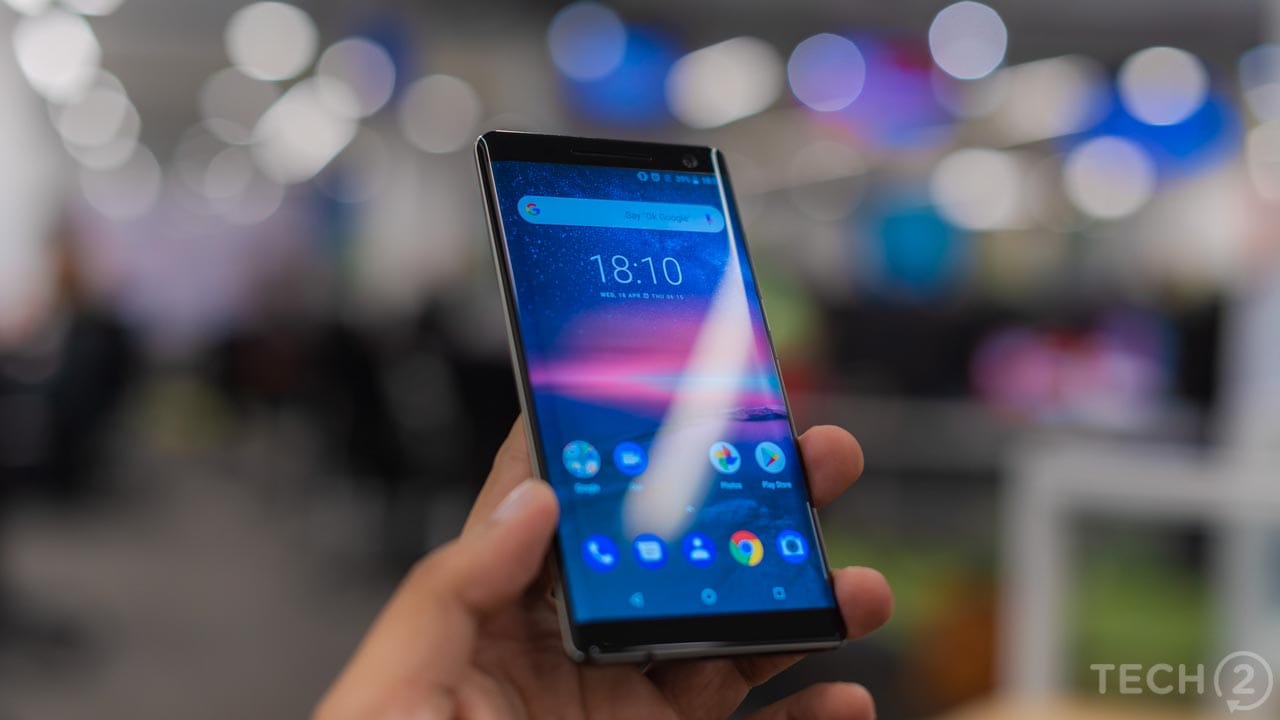
Image: tech2/Rehan Hooda
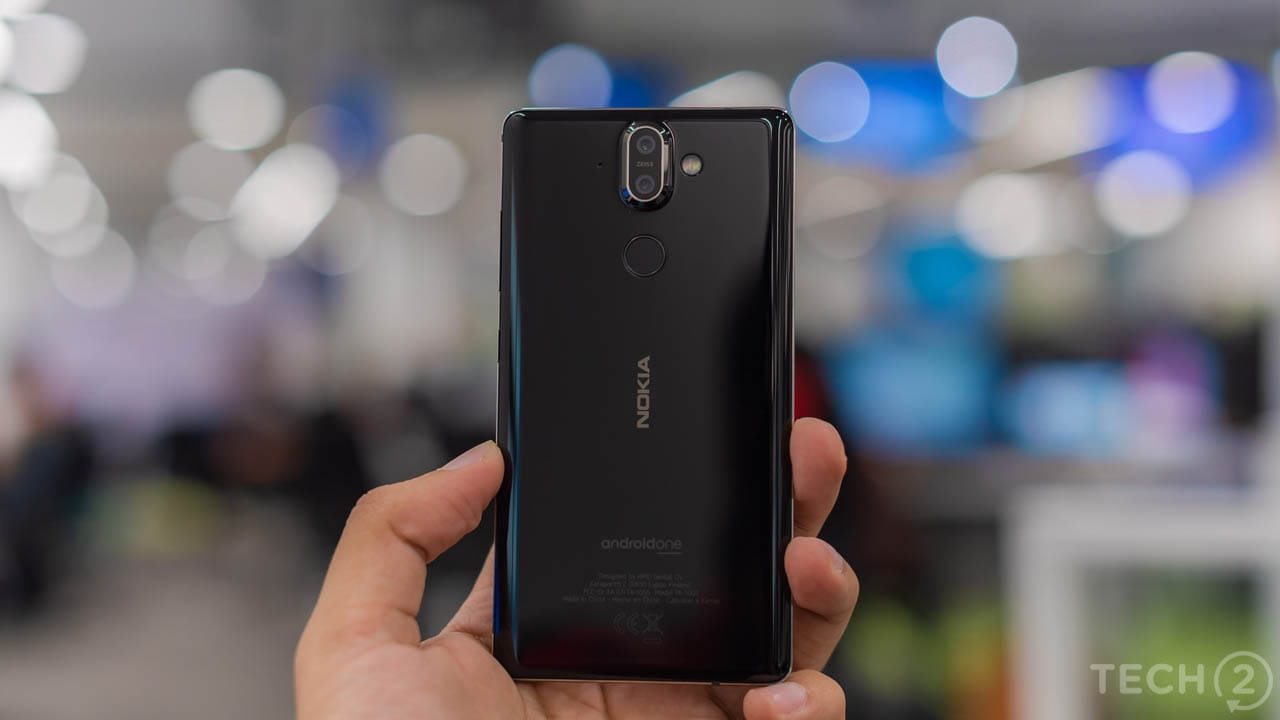
Image: tech2/Rehan Hooda
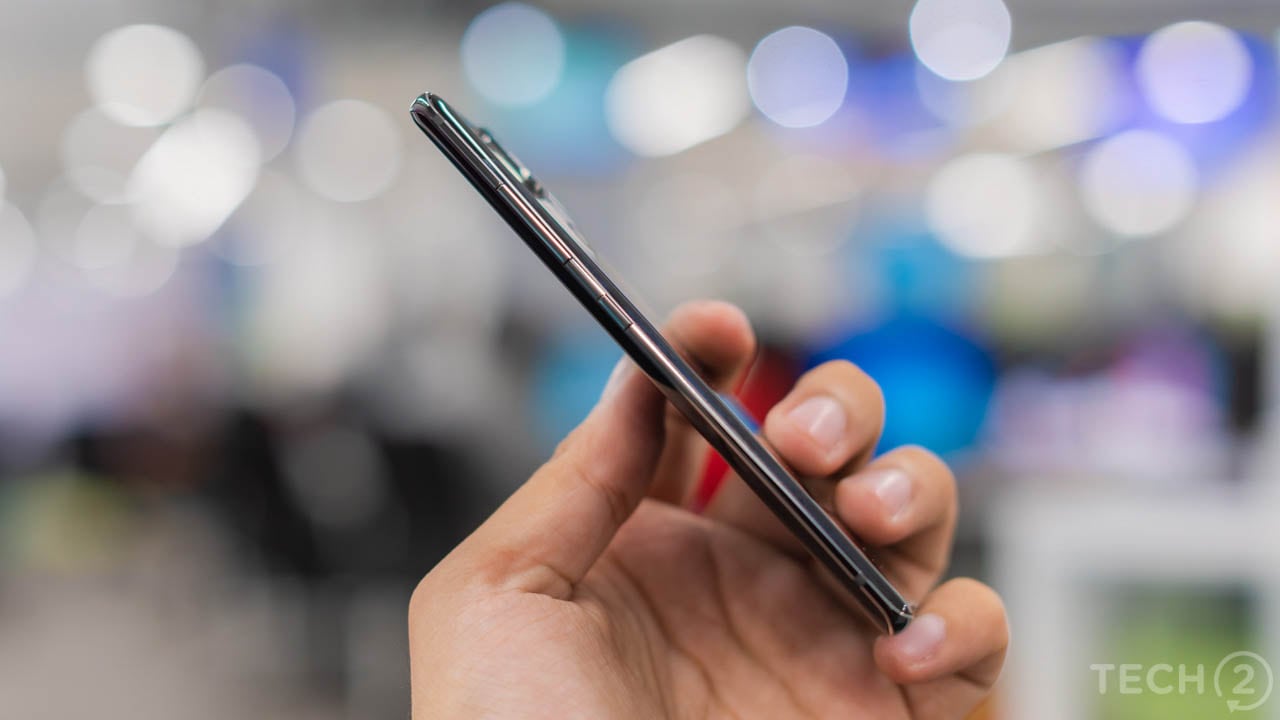
Image: tech2/Rehan Hooda
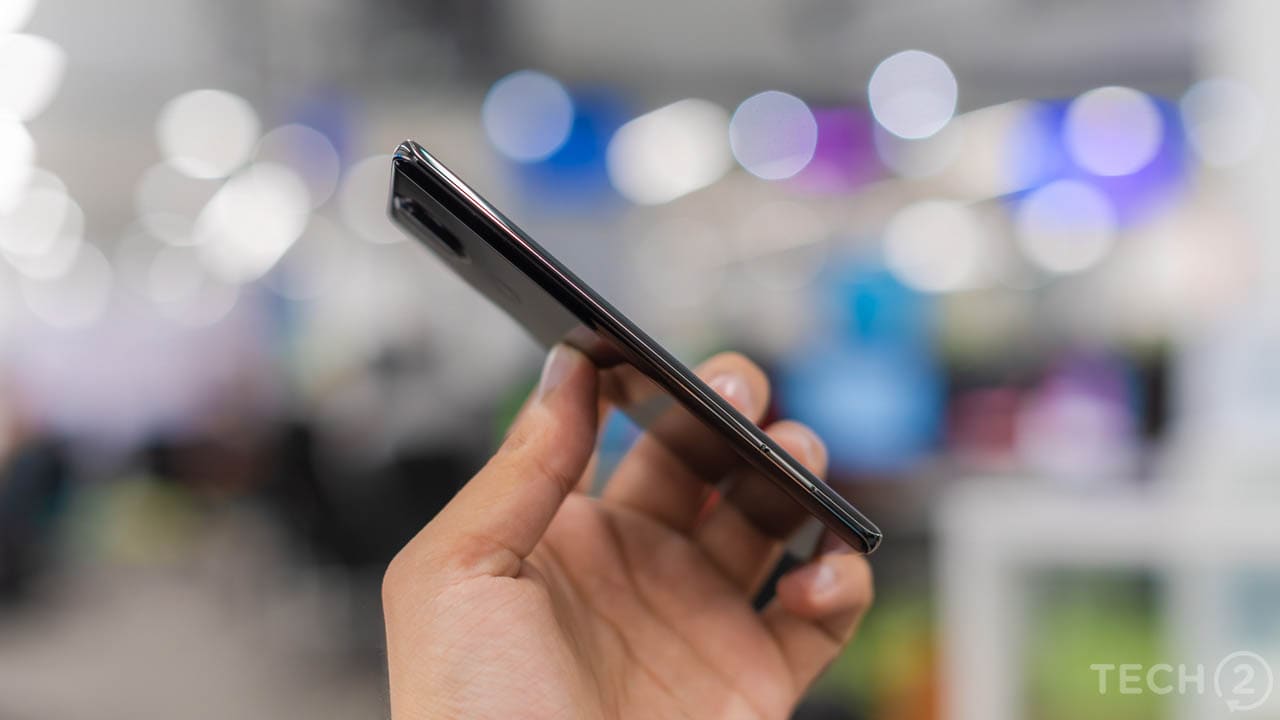
Image: tech2/Rehan Hooda
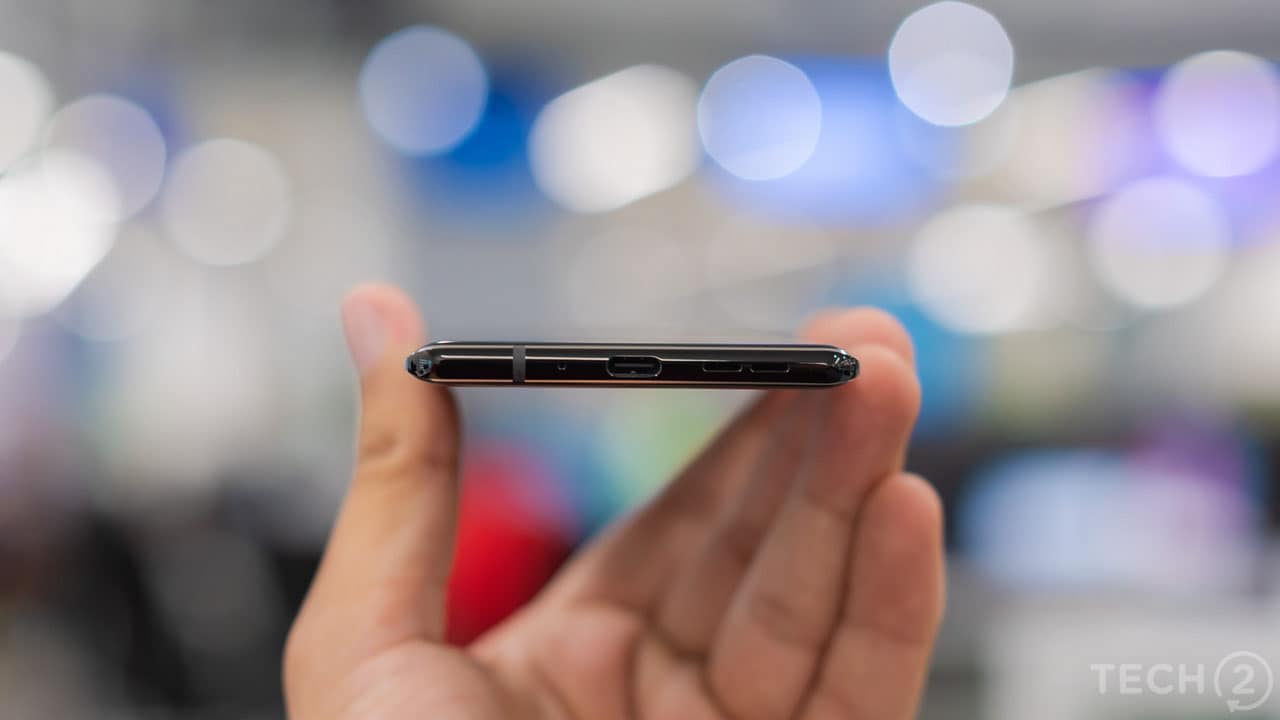
Image: tech2/Rehan Hooda
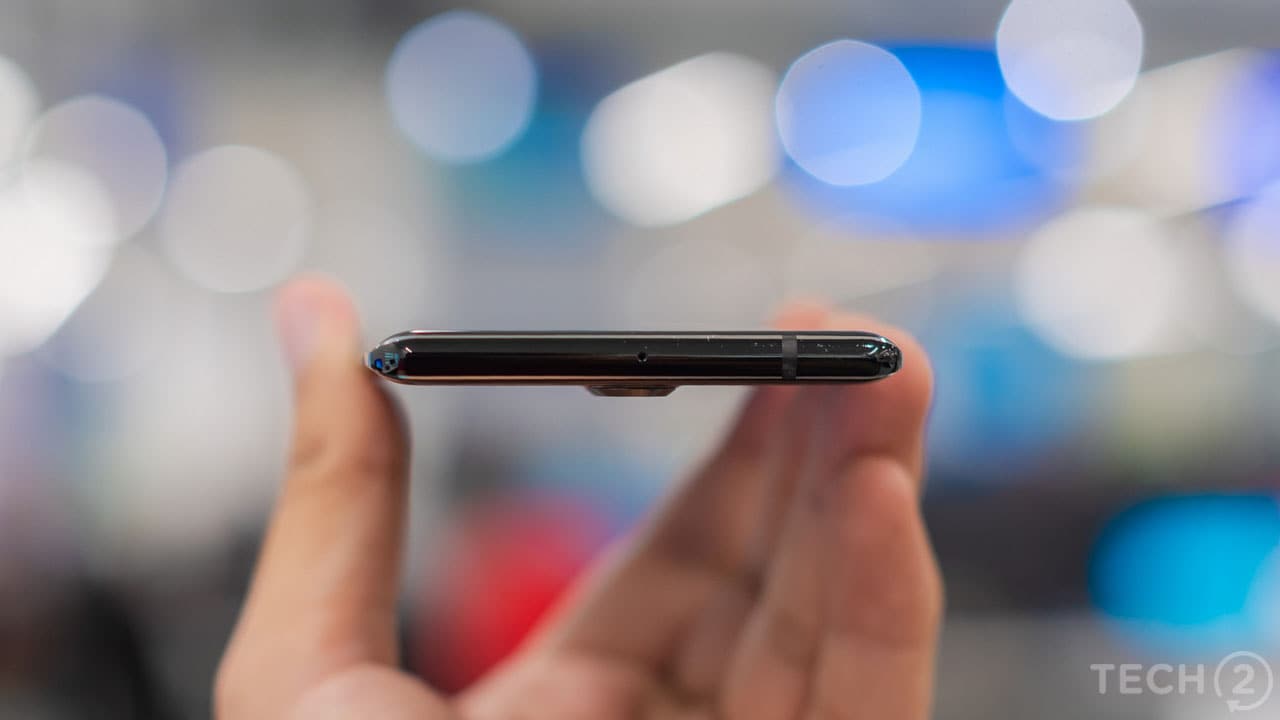
Image: tech2/Rehan Hooda
Features 8/10
Nokia 8 Sirocco comes with a 5.5-inch QHD display in a now unusual 16:9 aspect ratio.
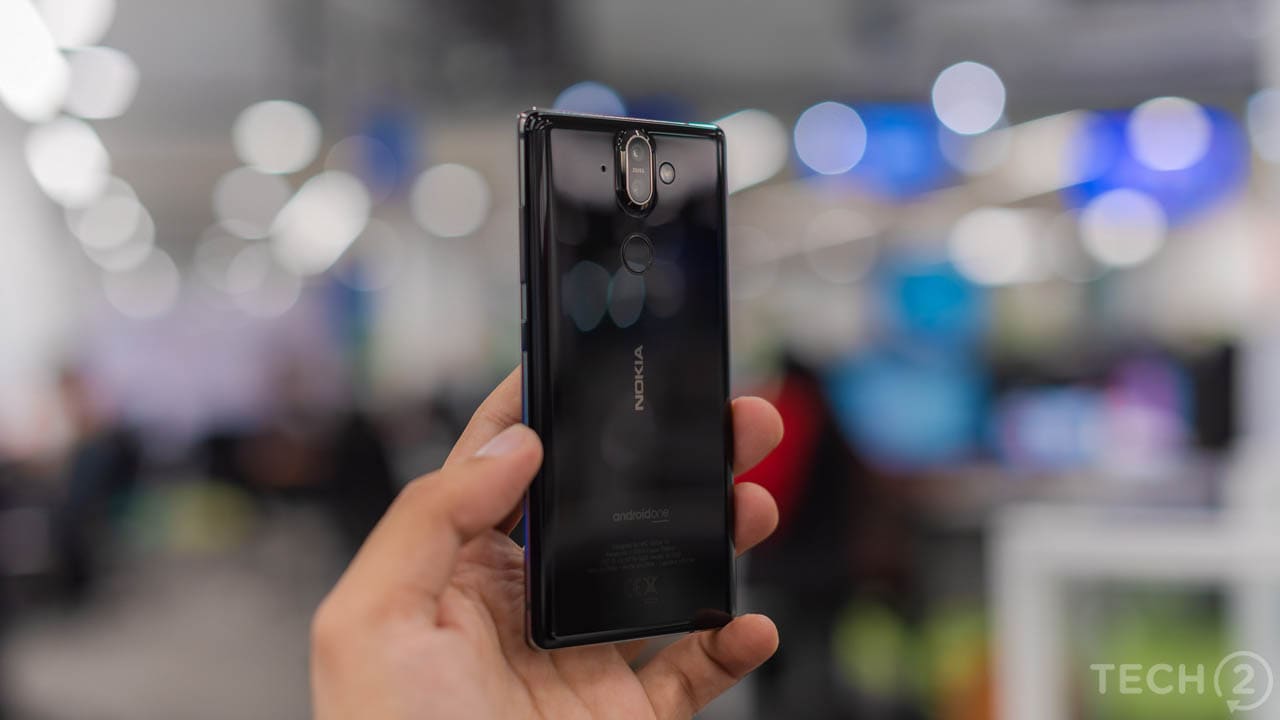
Image: tech2/Rehan Hooda

Image: tech2/Rehan Hooda
Display: 7/10
The Nokia 8 Sirocco comes with a curved, 5.5-inch QHD pOLED display featuring Corning Gorilla Glass 5 protection. QHD translates to 1440x2560 pixels, which further translates to a pixel density of 534 PPI. This, at least, means that the screen is very sharp.
Colour accuracy is far from perfect with the white balance of the display tending towards the cooler end of the spectrum – bluer colours. The saturation of the images reproduced on the display is on the higher side and I wish that the display had more uniform brightness.
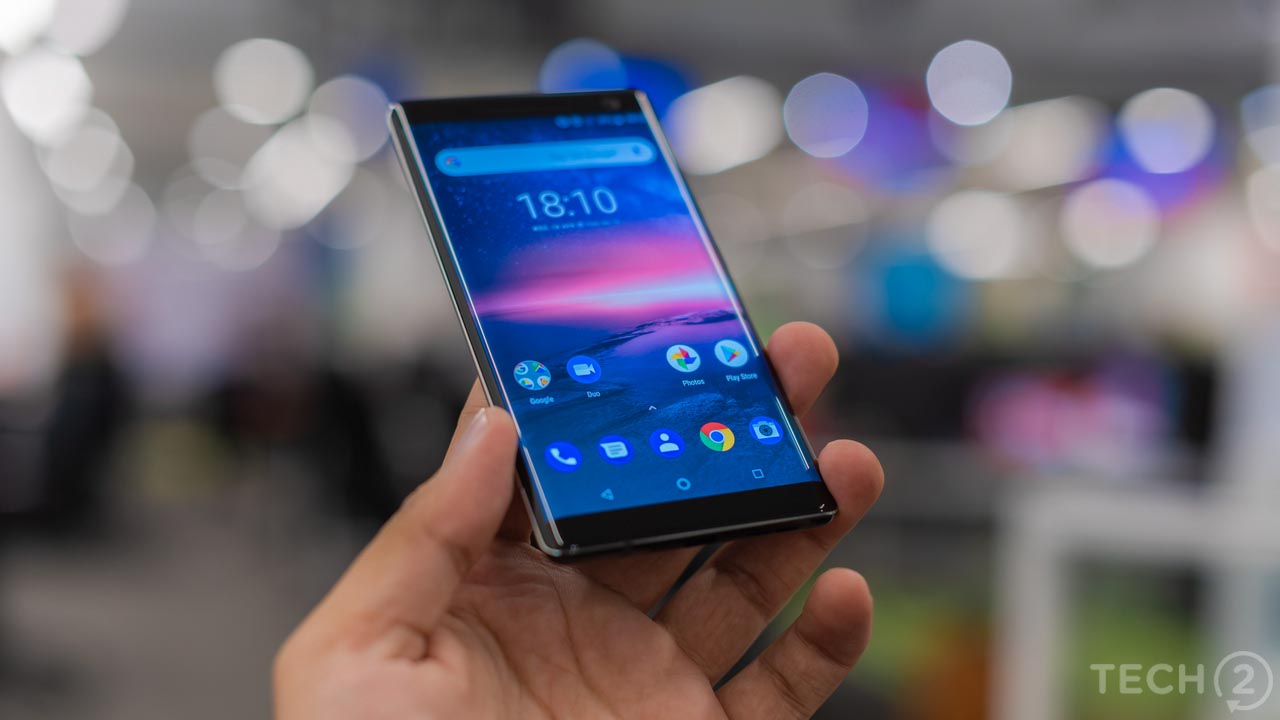
Image: tech2/Rehan Hooda
A more frustrating issue is palm rejection, which is non-existent. The display curves to the very edges of the phone, which means it's impossible to hold the phone without touching the screen, making palm rejection an essential feature. This was most frustrating when typing as the cursor would sometimes randomly jump around the screen.
The display performed well in brightly-lit environments, but the reflective nature of the display can sometimes force you to seek out shade.
Despite excellent specifications on paper, real-world usage reveals too many flaws.

Image: tech2/Rehan Hooda
Nokia 8 Sirocco is an Android One-powered device. Android One is a partner program by Google where devices will have much faster access to the latest security updates and the latest Android builds. The device runs Android 8.1 Oreo out of the box along with the latest 1 April Android security patch.
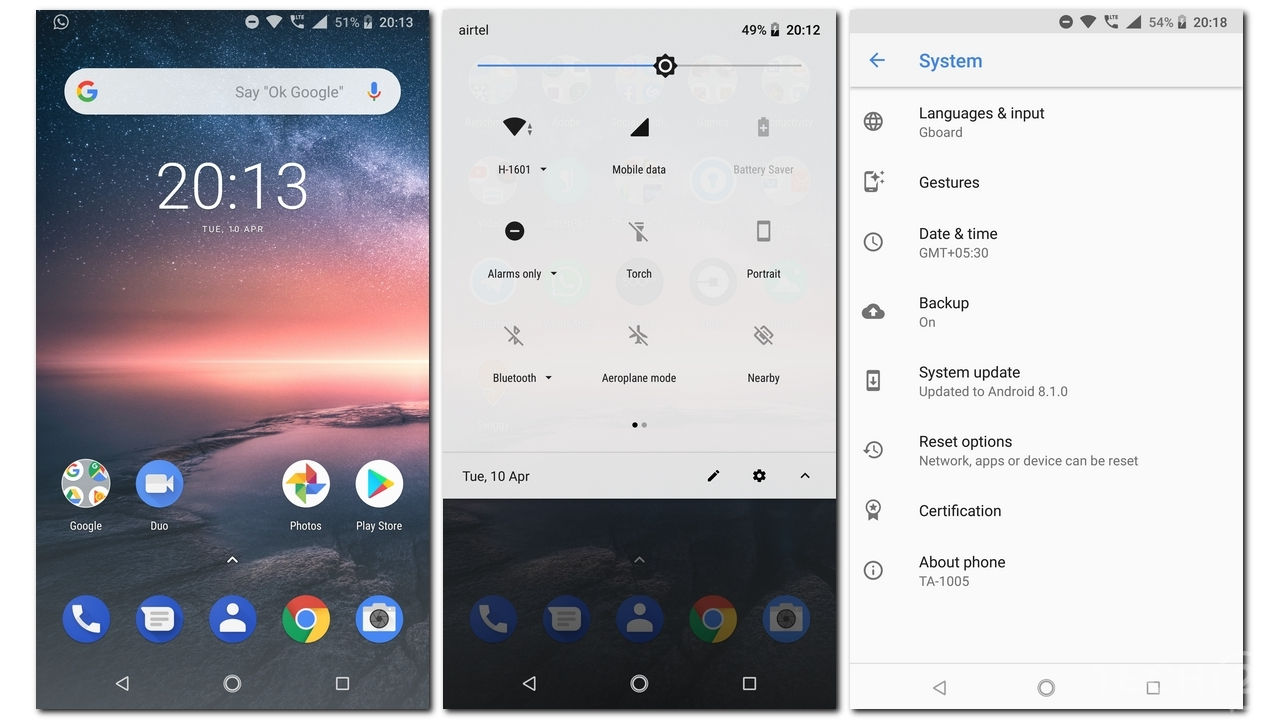
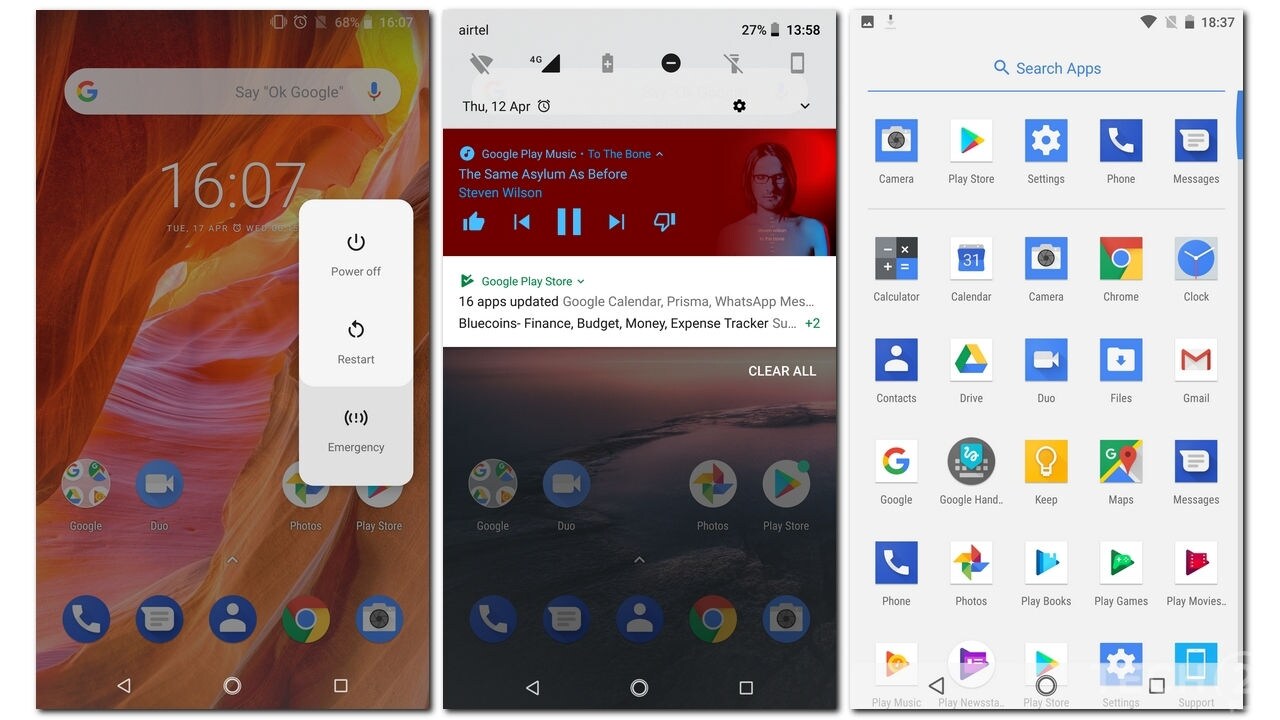
Considering the device has Android One, it runs a stock-like Android UI, ensuring that Sirocco users get an almost unmodified Android experience. Similar to the Nokia 8, the device comes with a handful of Nokia apps including ‘Support’, ‘Files’, and the ‘Camera’ app. Similar to the Nokia 8, HMD Global has added custom software icons to these apps to give them a uniform look. The software does not come with any bloatware and the entire experience is zippy without any lag or slowdowns.
Performance: 8/10
Sirocco packs a Qualcomm Snapdragon 835 SoC, which features an 8-core CPU that can clock up to 2.5 GHz. The Snapdragon 835 is a powerful chip. It's not the very latest one, but it's more than adequate for a flagship in 2018.
The device is well optimised and runs smoothly on the hardware, but does tend to heat up during heavy photo or gaming sessions. The heat tends to be concentrated around the rear camera module. The temperatures did hit around 36-39 degrees when I was pushing the device, but it cooled down relatively fast.
Apps ran smoothly and without issue, even after 2-3 hours of continuous gaming. The device flew through heavy apps and games like Gear.Club, Real Racing 3, Need for Speed No Limits, Breakneck, Modern Combat 5 or Dead Trigger 2 without any problem. I did not face any issue while making cellular or internet calls on VoIP apps as the voice clarity and connectivity was very good.
Regardless of the optimisations, HMD’s decision to pack an 835 SoC in 2018, when the competition is coming with Snapdragon 845 SoC makes little sense. On a cheaper device, I wouldn't have minded so much. On a device that costs Rs 55,000, one simply expects the best.
Camera: 7.5/10
I criticised the Nokia 8 for its lacklustre camera performance and downright bad images in low-lit conditions. HMD seems to have taken note of the camera performance of the Nokia 8 and massively improved upon it with the Sirocco. The images have better colour reproduction, improved white balance and sharpness. The photos taken in low-lit environment are much better when compared to the Nokia 8, but unwanted noise still creeps into images in anything other than ideal lighting conditions.
As with the Nokia 8, the Sirocco comes with a rear dual camera setup. This includes two 12 MP sensors, one with a wide angle with f/1.75 lens and the other with a tele lens and a smaller f/2.6 aperture. As a rule of thumb, the larger the aperture the more the light you can capture and the less noisy the images.
The camera uses a dual-pixel phase detection autofocus system, offers 2x optical zoom and a dual-LED dual-tone flash. HMD Global has also brought back the Carl Zeiss lenses that were a highlight of Nokia's best cameras.
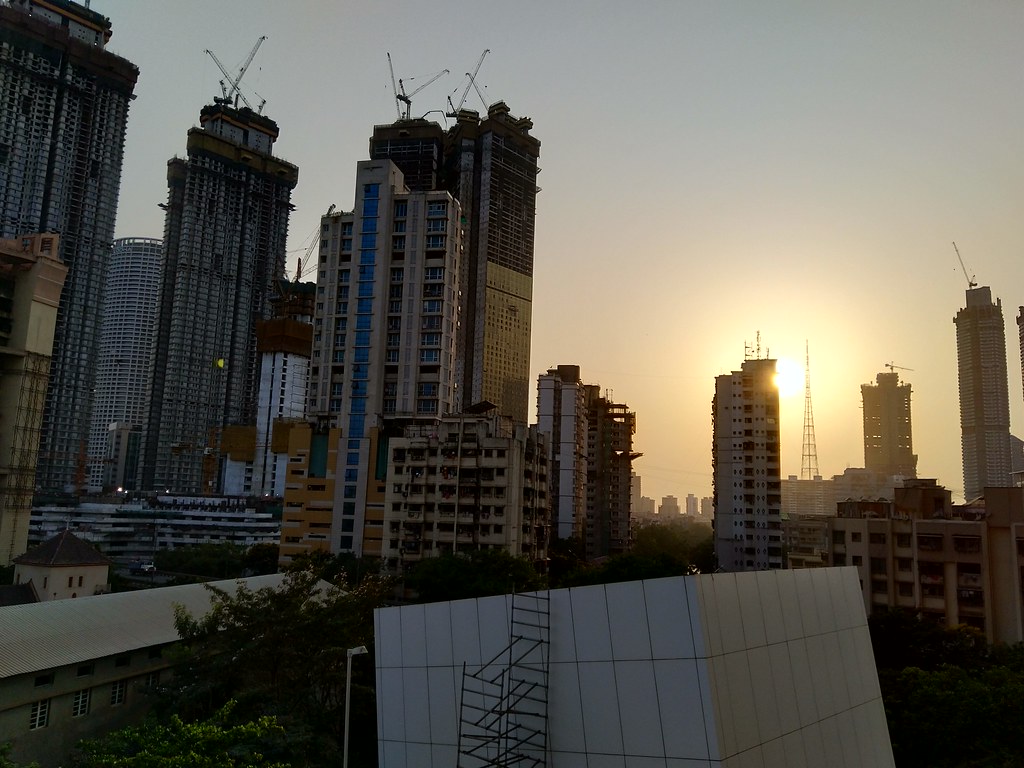
Users can shoot 4K video at 30 fps on the rear camera. For some reason, images shot on the tele lens are consistently underexposed when compared to those shot with the wide angle lens.
One thing worth noting and commending is the quality of the images captured in 'Auto HDR' mode. The camera shoots in Auto HDR by default, though I'd recommend turning it off in scenes with moving objects.
The Sirocco managed to capture images with a good balance of exposure and details throughout the frame in even the most challenging of situations, such as, for example, a photo with the sun facing the camera. The software does tend to be a bit aggressive when it comes to sharpening.

HMD's brought the Lumia camera interface to the Sirocco.
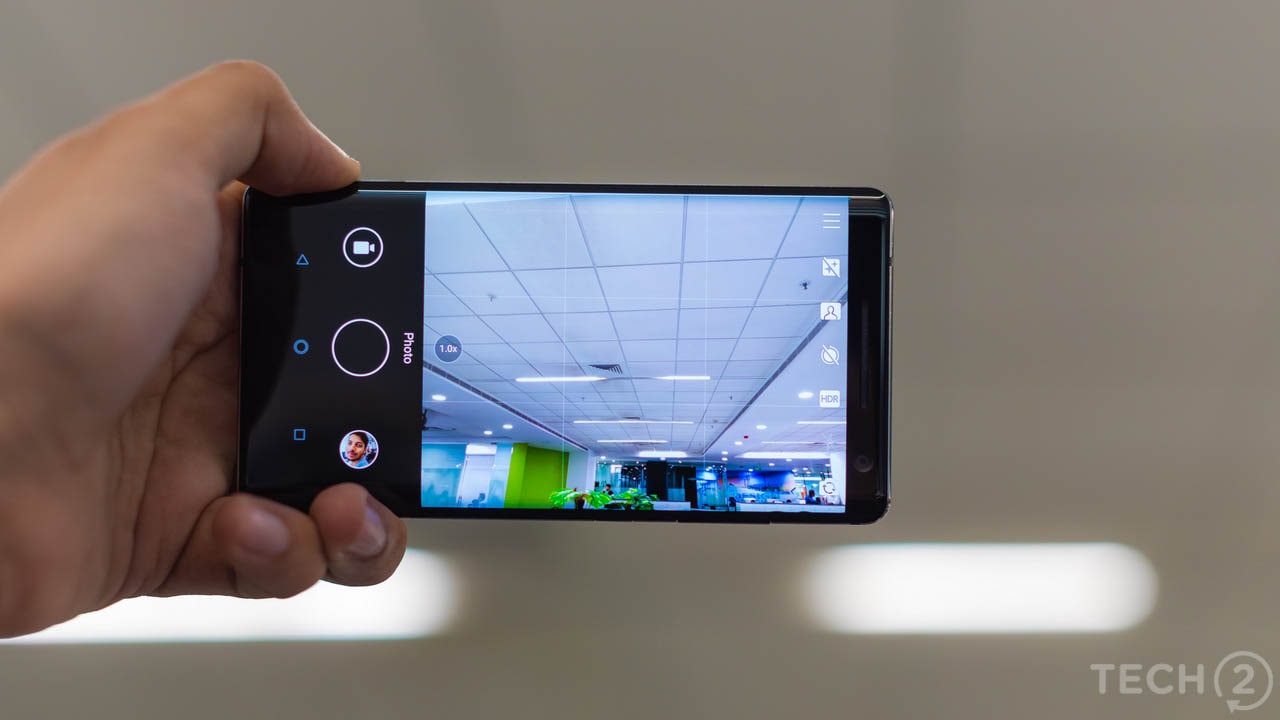
Image: tech2/Rehan Hooda
When you switch to Pro mode, you see the Lumia camera interface made, which is a very welcome feature.
The camera offers a Photo, Panorama, Pro and Live Bokeh mode. Shooting images in ‘Live Bokeh’ mode was a good experience, but most images shot in this mode lack sharpness. The device was fairly successful in separating the subject from complex backgrounds, so that was nice.
There were some hiccups with the camera software though. The shutter button was sometimes unresponsive in the Live Bokeh mode and there were also instances where the camera couldn't focus on anything. Switching between the front and rear cameras would usually fix the issue. Hopefully, this is a software issue that will be fixed with a later update.
The video recording experience is decent, however, it would have been better if the device came with OIS. One saving grace is that recorded audio is spectacular. The OZO spatial audio system used on the Sirocco does a spectacular job of recording the ambience. The final video is so immersive that you feel like you're standing right where the video was being recorded.
Battery: 8.5/10
Battery life with the Sirocco was especially good. The battery lasted a full workday and our standardised battery test threw up an estimate of a little over 9 hrs.
Nokia 8 Sirocco performs well in the battery section as the device lasted almost a full workday.
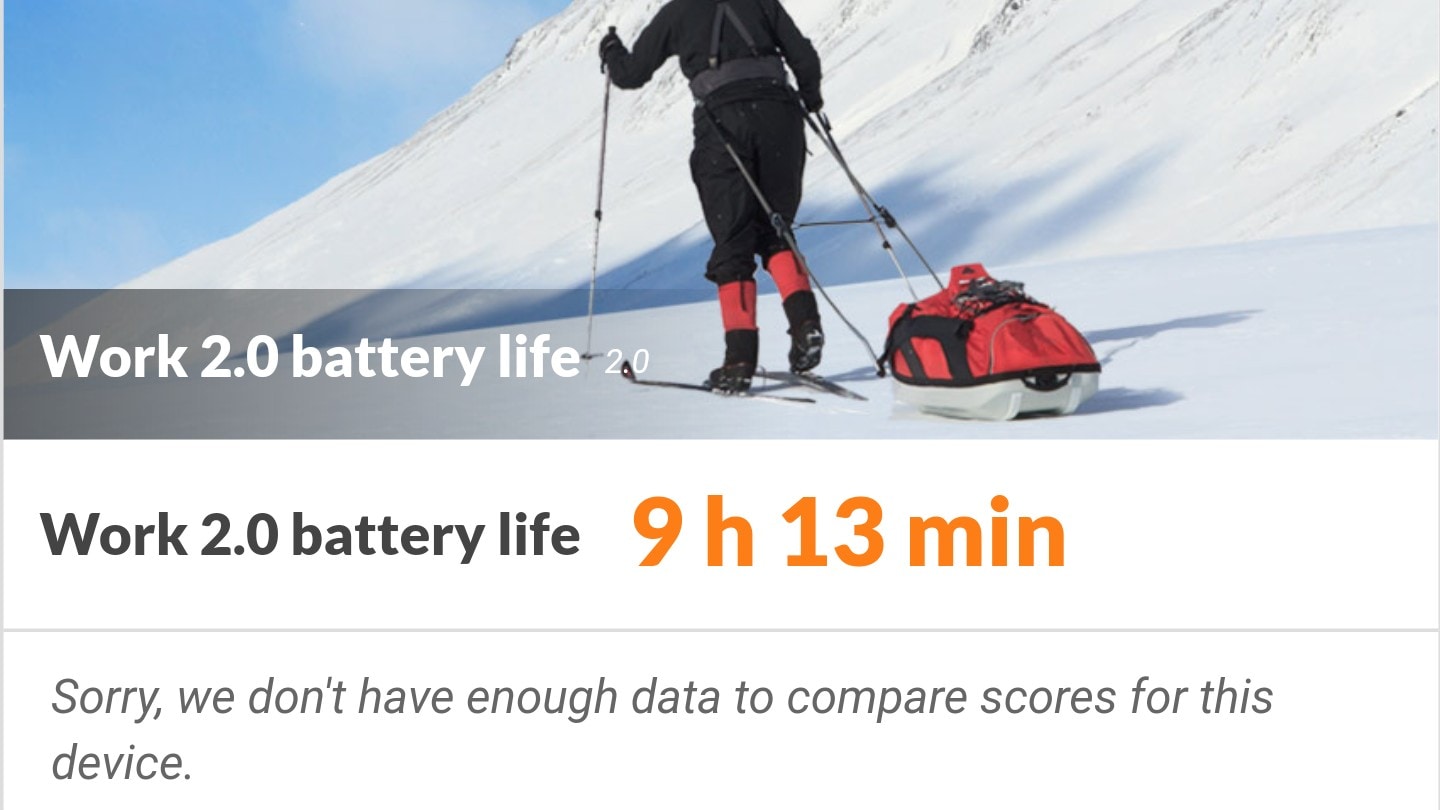
My daily usage includes four email accounts on sync, gaming for about an hour or two, hundreds of WhatsApp and Telegram messages, 20-25 photos and listening to music for about two hours. The 3,260 mAh battery managed to provide enough juice for a full workday. The phone supports Quick Charge 4.0, which supports very fast charging speeds. Unfortunately, the charging speed itself is very slow with the bundled charger, taking over two hours to charge the device from 0-100.
Verdict and price in India
HMD Global has priced the Nokia 8 Sirocco at Rs 54,999 in the Indian market. This puts the device in almost the same territory as the spectacular Google Pixel 2, and Galaxy S9. The upcoming flagship by OnePlus, the OnePlus 6 is likely to be cheaper than the Sirocco. Despite the capable camera, Android One support, interesting new design and great battery life, I can’t really recommend Nokia 8 Sirocco.
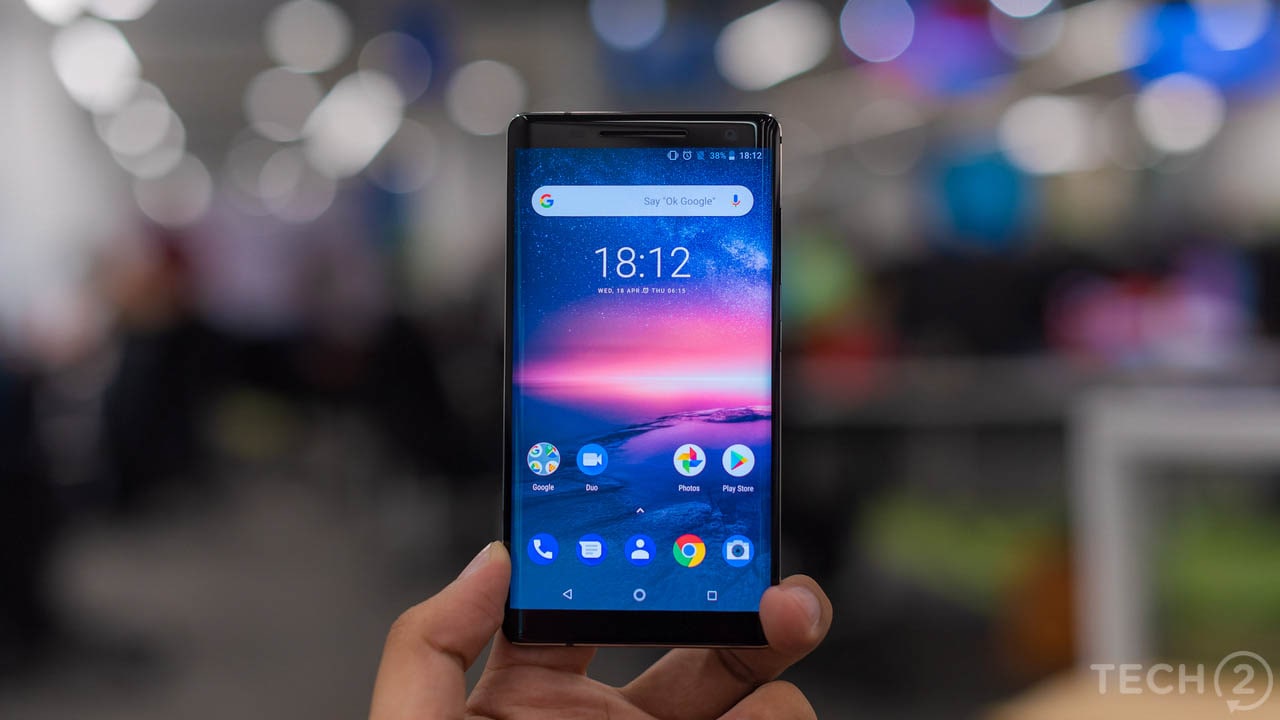
Image: tech2/Rehan Hooda
Commentaires
Enregistrer un commentaire